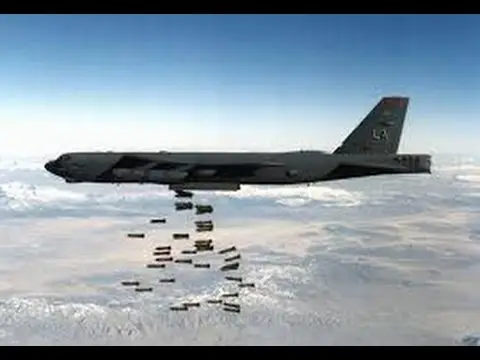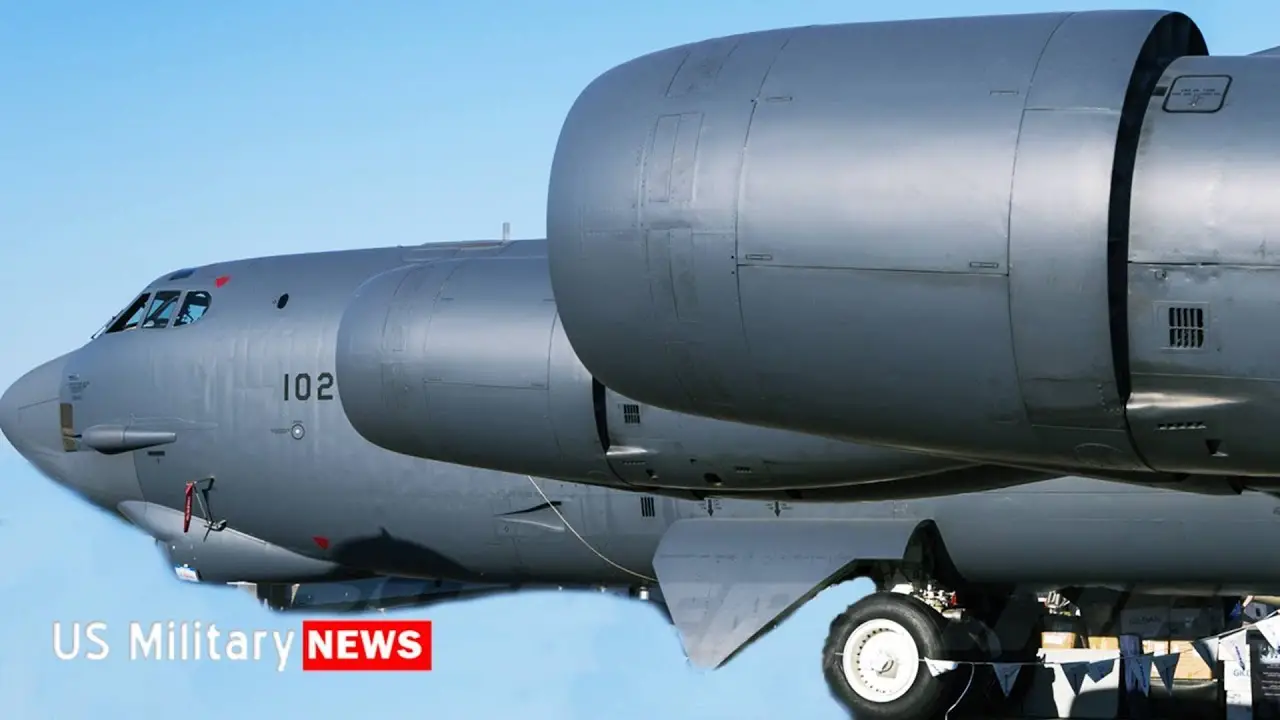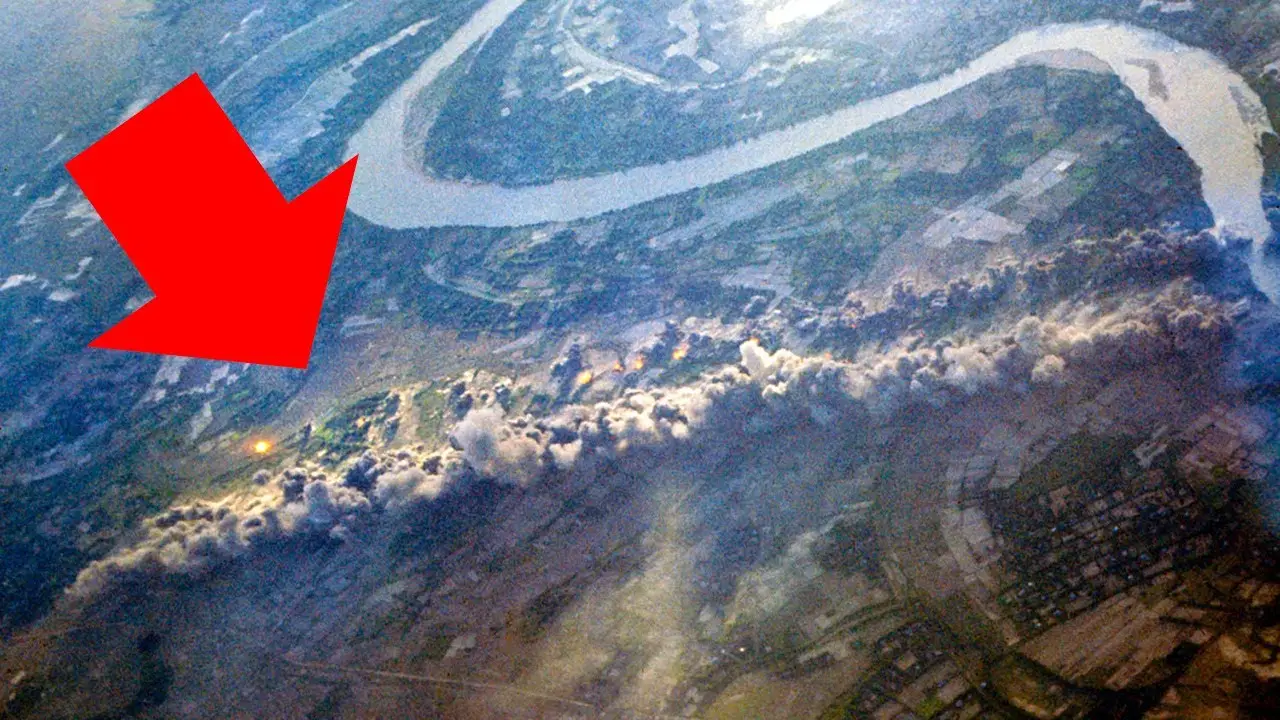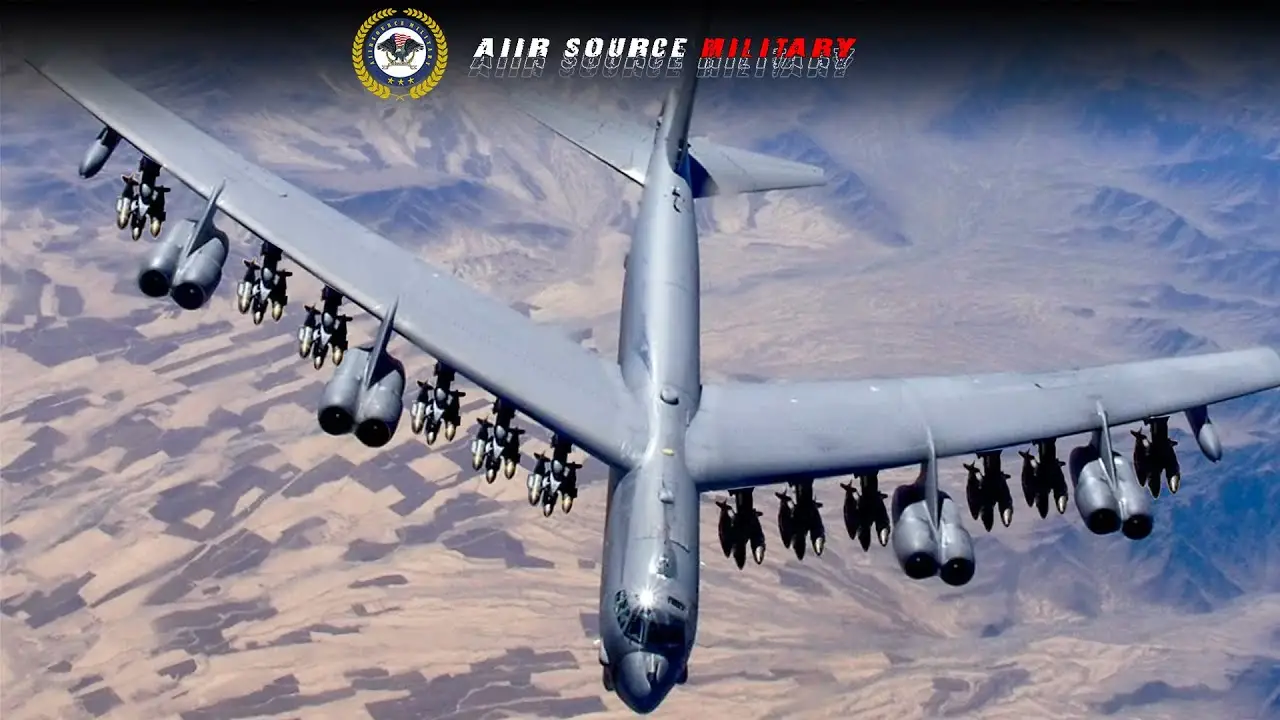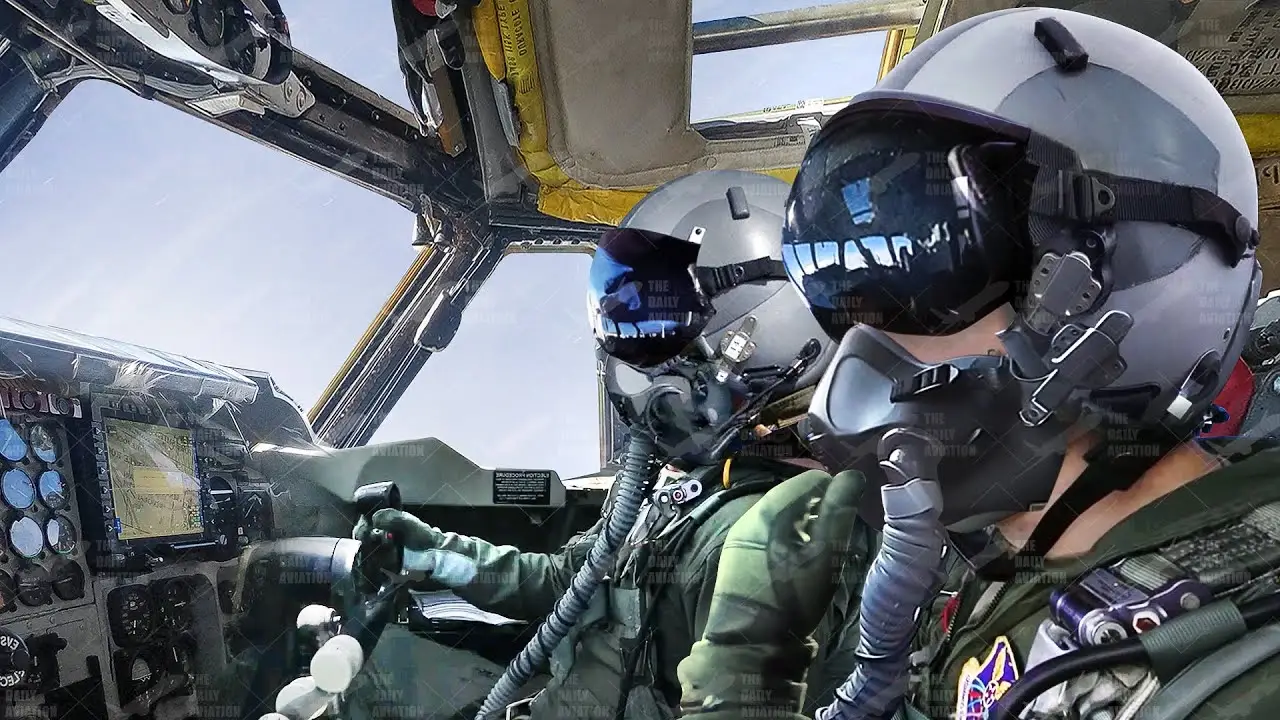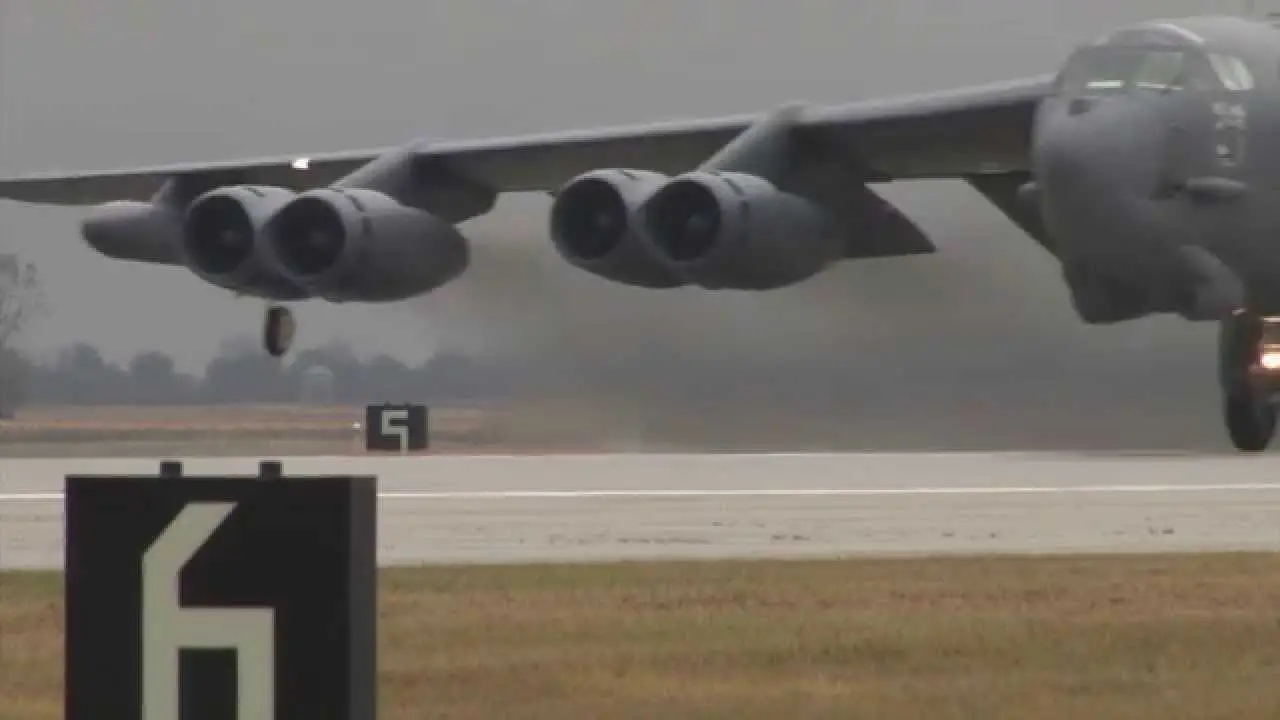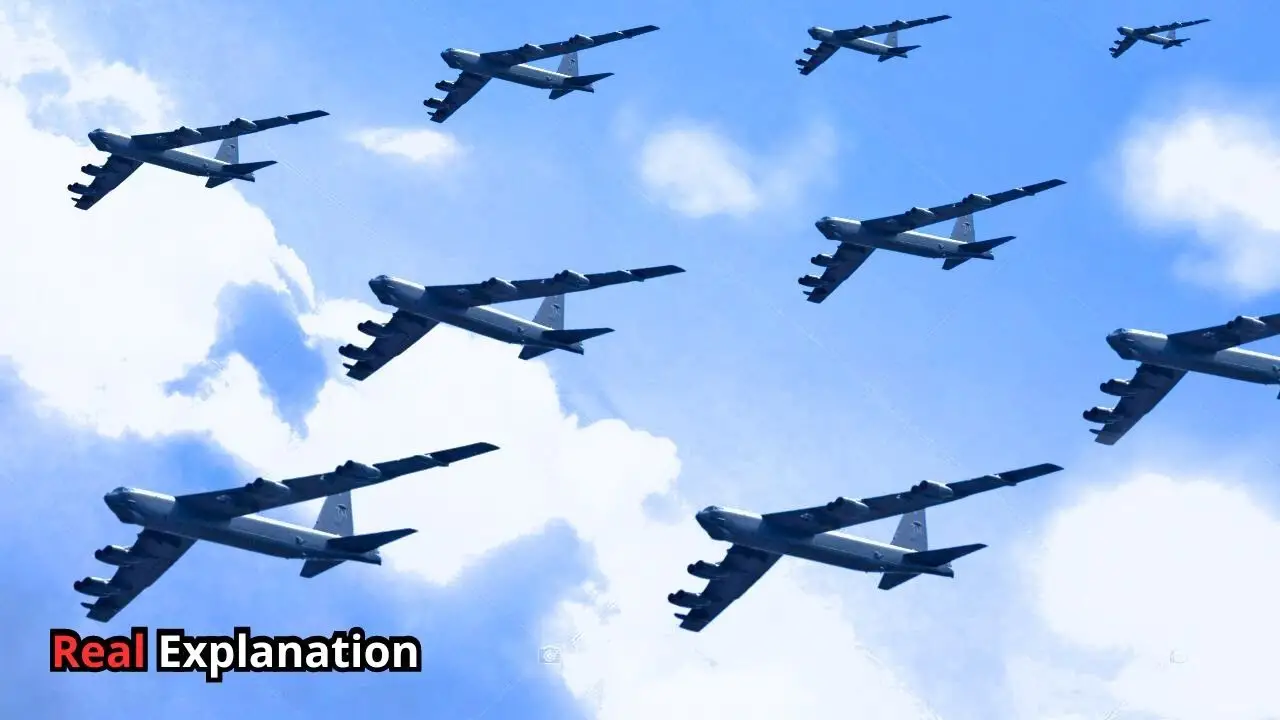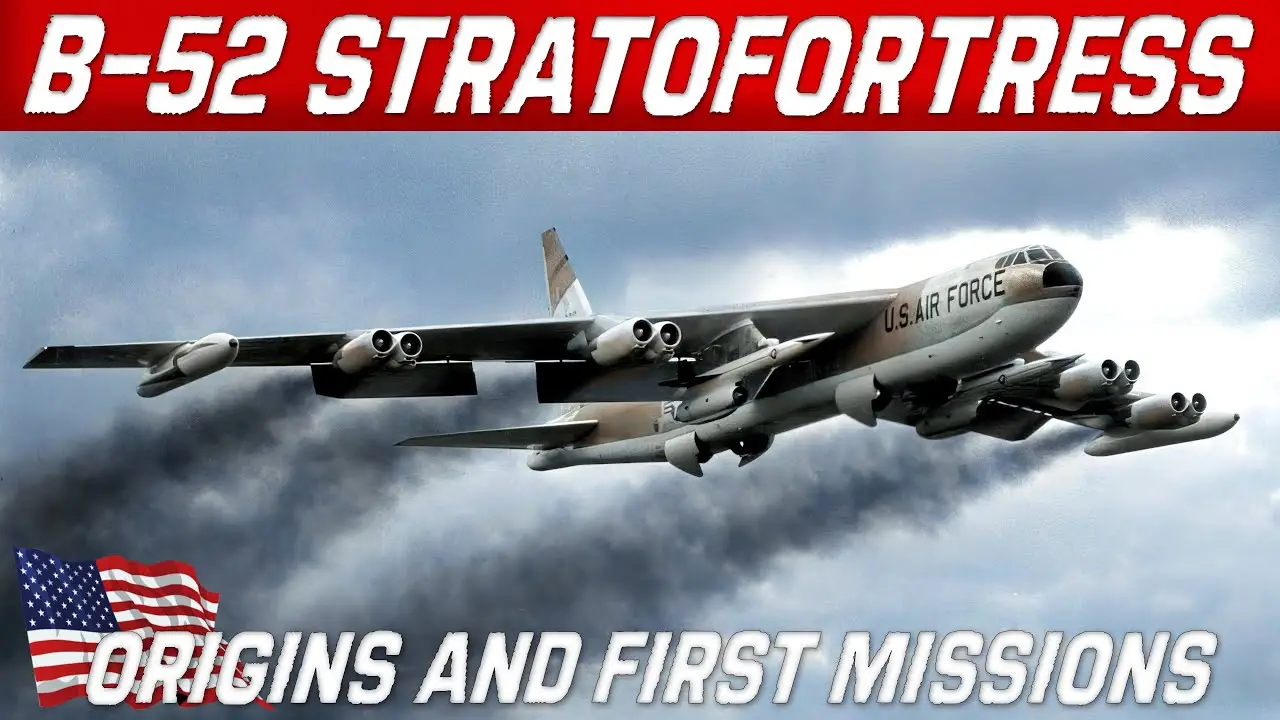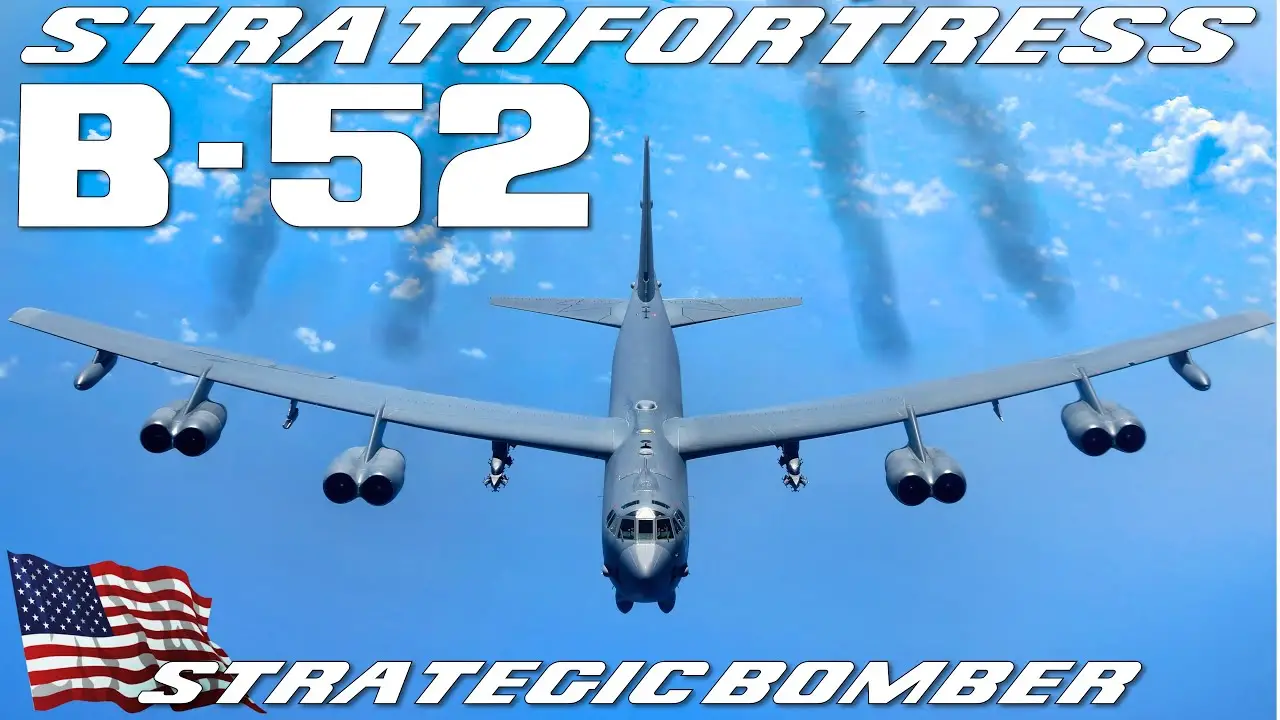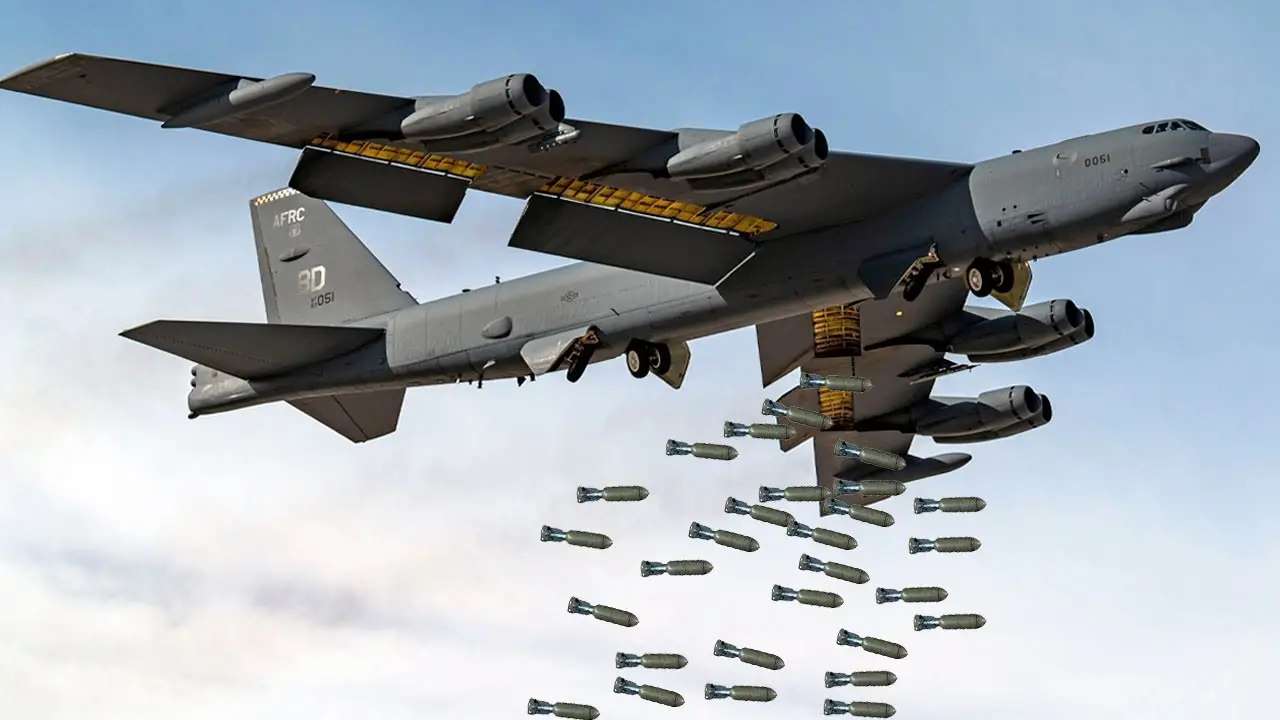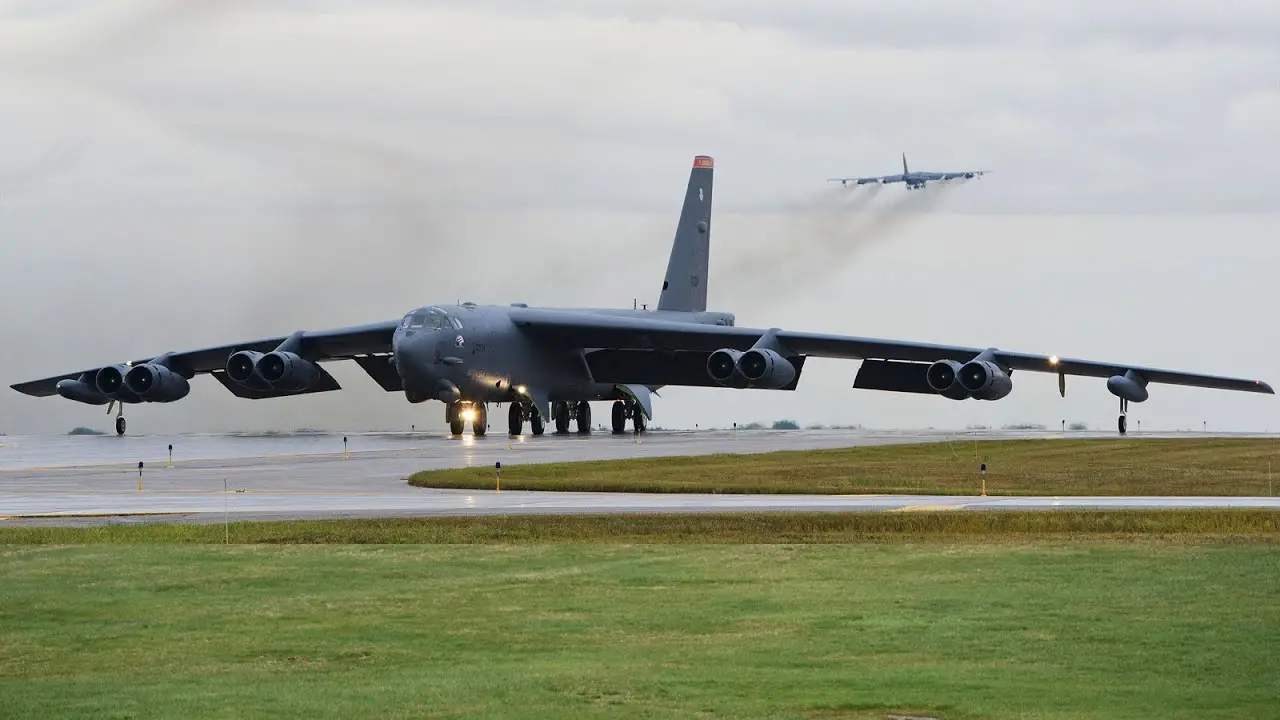The Mighty B-52 Stratofortress A Symbol of American Air Power
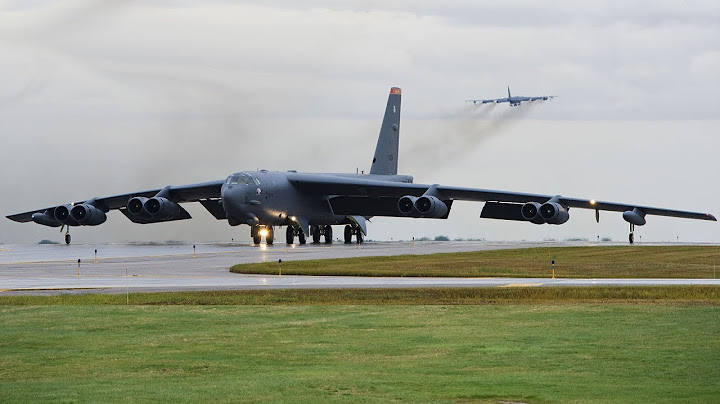
The B-52 Stratofortress has become a symbol of American air power, with its sleek design and impressive capabilities. This iconic aircraft has been in service for over 60 years and continues to be a vital part of the United States Air Force (USAF) fleet. Its versatility, long-range capabilities, and ability to carry a wide range of weapons make it one of the most feared strategic bombers in the world. In this blog post, we will delve into the history, design, missions, and controversies surrounding the B-52 Stratofortress, as well as its current and future use in the USAF.
Introduction to the B-52 Stratofortress
The B-52 Stratofortress, also known as the “Buff” (Big Ugly Fat Fellow), is a long-range, subsonic, heavy bomber designed and developed by Boeing. It was first introduced in 1955 and has since undergone multiple upgrades and modernizations. The B-52 is capable of global strike missions, nuclear deterrence, and conventional warfare, making it a crucial component of the US military’s strategic arsenal.
Since its inception, the B-52 has been used in numerous conflicts and operations, including the Vietnam War, Operation Desert Storm, and the recent Global War on Terrorism. Its longevity and adaptability have proved its worth time and time again, solidifying its position as one of the most iconic and revered aircraft in history.
History of the B-52 Stratofortress
The story of the B-52 Stratofortress began in the early 1940s when the USAF issued a requirement for a new, high-altitude, long-range bomber to replace the aging B-36 Peacemaker. In 1946, Boeing was awarded the contract to design and build the B-52, beating out competition from Convair and Martin. The first prototype, known as the XB-52, made its maiden flight in 1952, and production began soon after.
The B-52’s first major operation was during the Cold War, where it served as a nuclear deterrent against the Soviet Union. Its powerful engines and long-range capabilities allowed it to fly for extended periods, providing round-the-clock surveillance and rapid response capabilities. It also played a crucial role in the Cuban Missile Crisis, where it stood ready to strike if necessary.
During the Vietnam War, the B-52 was used extensively for bombing missions, dropping over 840,000 tons of bombs on enemy targets. Despite facing heavy anti-aircraft fire and surface-to-air missiles, the B-52 proved its resilience and effectiveness in battle. Its precision bombing capabilities and ability to carry a large payload made it a valuable asset in the war effort.
In the late 20th century, the B-52 continued to be a prominent figure in various operations, including Operation Desert Storm and the Global War on Terrorism. With advancements in technology, the B-52 has undergone several upgrades to improve its capabilities and extend its service life. In 2015, the USAF announced that the B-52 will remain in service until at least 2050.
the B-1 Lancer History, Features, and More
Design and Specifications of the B-52 Stratofortress
The B-52 features a distinctive design, with swept wings and a unique “double-bubble” fuselage. It has a length of 159 feet, a wingspan of 185 feet, and a maximum takeoff weight of 488,000 pounds. The aircraft is powered by eight Pratt Whitney TF33-P-3/103 turbofan engines, each producing 17,000 pounds of thrust.
One of the most remarkable features of the B-52 is its ability to carry a wide range of weapons, including nuclear and conventional bombs, missiles, and cruise missiles. Its internal bomb bay can hold up to 70,000 pounds of ordnance, while additional bombs can be attached to the wings.
The B-52 is capable of flying at high altitudes, with a service ceiling of 50,000 feet, and has a maximum speed of Mach 0.86. It also has a range of over 8,800 miles without refueling, making it the ideal aircraft for long-range missions.
Role and Missions of the B-52 Stratofortress
The B-52’s primary role is as a strategic bomber, capable of delivering nuclear weapons anywhere in the world. It also serves as a vital part of the USAF’s Global Strike Command, which is responsible for executing global strike missions, including nuclear, conventional, and cyber warfare.
In addition to its nuclear capabilities, the B-52 is also used for conventional bombing missions. With advancements in precision-guided weapons, the B-52 can carry out targeted strikes with great accuracy, minimizing collateral damage and civilian casualties.
The B-52 also plays a crucial role in intelligence gathering and surveillance operations. Equipped with advanced radar and communication systems, it can gather and transmit valuable information to ground forces and command centers.
Notable Features of the B-52 Stratofortress
Aside from its impressive size and capabilities, the B-52 also boasts several notable features that make it stand out among other aircraft. One of these features is its ability to refuel mid-air, allowing it to fly for extended periods without needing to land for refueling. This is made possible by the use of aerial refueling tankers, such as the KC-135 Stratotanker or KC-10 Extender.
Another unique feature of the B-52 is its “wet wing” design, where the fuel tanks are integrated into the wings, eliminating the need for external fuel tanks. This not only reduces drag but also increases the aircraft’s range and payload capacity.
The B-52 also has a sophisticated electronic warfare system, which includes radar jammers, chaff dispensers, and infrared countermeasures. These systems provide the B-52 with an added layer of protection against enemy defenses.
Famous Operations Involving the B-52 Stratofortress
Throughout its long service history, the B-52 has been involved in numerous operations and conflicts, some of which have gained significant media attention. One of the most notable was Operation Linebacker II during the Vietnam War, where B-52s carried out heavy bombing raids on North Vietnamese targets.
Another well-known operation involving the B-52 was Operation Desert Storm in 1991, where it played a crucial role in the air campaign against Iraq. The B-52’s precise bombing capabilities were instrumental in destroying key strategic targets and weakening the enemy’s defenses.
In recent years, the B-52 has been actively used in the Global War on Terrorism, primarily in Afghanistan and Iraq, conducting precision bombing missions against enemy forces and infrastructure.
Variants of the B-52 Stratofortress
Over the years, the B-52 has undergone several upgrades and modernizations to keep up with changing technologies and threats. Currently, there are two main variants in use by the USAF: the B-52H and the B-52G.
The B-52H is the most current and advanced model, with upgraded engines, avionics, and weapons systems. It also features a digital flight deck and improved communication and navigation systems.
The B-52G, on the other hand, was the first variant to feature a rotary launcher, allowing it to carry more missiles and bombs. It was also equipped with an inertial navigation system, which improved its accuracy.
Current and Future Use of the B-52 Stratofortress
Despite being over six decades old, the B-52 continues to play a vital role in the USAF’s operations. With its numerous upgrades and modernizations, it is still one of the most capable and versatile strategic bombers in the world.
Currently, the B-52 is used primarily for nuclear deterrence and conventional bombing missions. It has also been involved in various training exercises and joint operations with other branches of the military.
Looking towards the future, the USAF plans to keep the B-52 in service until at least 2050, with continued upgrades and modernizations along the way. The B-52 is also expected to be a significant part of the USAF’s shift towards more cost-effective and efficient operations, with an increased focus on long-range strike capabilities.
Comparison with Other Strategic Bombers
The B-52 is not the only strategic bomber in the world, and it has faced competition from other countries’ aircraft. One of these is the Russian Tu-95 “Bear,” which was introduced around the same time as the B-52 and shares many similarities in design and capabilities.
Another notable competitor is the B-1B Lancer, a supersonic heavy bomber capable of low-level penetration and high-speed strikes. While the B-1B has seen extensive use in recent conflicts, it has had its share of controversies, including high maintenance costs and technical issues.
In contrast, the B-52 has proven its reliability and effectiveness in battle, with a lower overall cost compared to the B-1B. Its diverse range of capabilities and long-range capabilities also give it an edge over other strategic bombers.
Controversies Surrounding the B-52 Stratofortress
Like any other military equipment, the B-52 has faced criticism and controversies throughout its history. One of the most significant controversies surrounding the B-52 was its involvement in the bombing of Hanoi during the Vietnam War. The heavy bombing of civilian areas and the use of cluster bombs resulted in widespread criticism and sparked anti-war sentiment.
Another controversy surrounding the B-52 is its role in nuclear deterrence. While some argue that its presence is necessary for national security, others believe that it increases the risk of a nuclear war. Additionally, there have been concerns about the safety and security of nuclear weapons on board the B-52, leading to stricter protocols and procedures.
Conclusion
The B-52 Stratofortress has come a long way since its first flight in 1952. It has proven its worth time and time again, playing a vital role in conflicts and operations around the world. With its versatile capabilities, long-range missions, and impressive durability, the B-52 remains a symbol of American air power and a crucial component of the USAF’s arsenal.
Despite facing competition from newer and more advanced aircraft, the B-52 continues to adapt and evolve, staying relevant and essential in modern warfare. As we look towards the future, it is clear that the mighty B-52 Stratofortress will continue to serve as a symbol of American military might and a formidable force in the skies.


